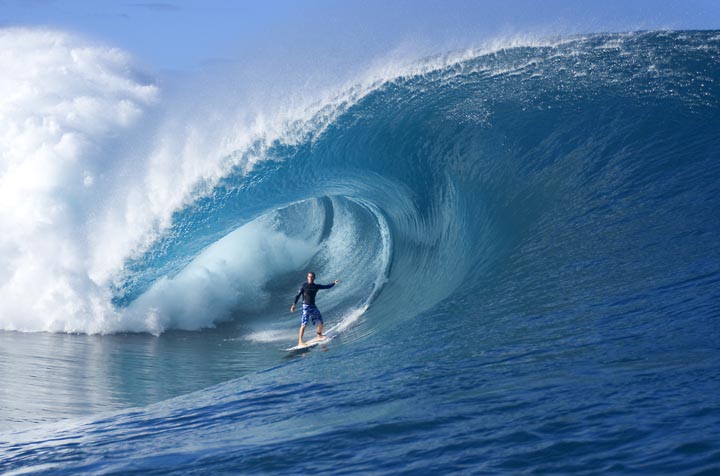
Surfing was hot, it was everywhere and the industry was booming. New companies were popping up in almost every country, sponsored surfers almost outnumbered regular ones in the lineups. Surf trips were getting more and more lavish – taking a helicopter on your boat trip to Indo was now just standard!
The world tour really was the dream tour with Teahupoo in Tahiti, Cloudbreak in Fiji and the epic mobile Rip Curl Search event inspiring even the most anti of anti-contest surfers. Kelly Slater was still winning, but surfing was also progressing with a whole new crop of groms coming along.
“Surf trips were getting more and more lavish – taking a helicopter on your boat trip to Indo was now just standard!”
Technology in surfboards and wetsuits were making both lighter, more flexible in the case of wetsuits and more able to withstand the rigours of the cold. This helped push surfing beyond the normal boundaries of where was possible to ride, opening up new waves all around the world.
In fact, all was great in the world of surfing until the late naughties and the financial crash. Big business problems couldn’t affect surfing could they? Well it turned out they could. The big surf companies had racked up a lot of debt with some dubious business decisions as they sought to satisfy shareholders in the boom years by growing ever bigger.
Many of the biggest brands started to struggle, leading to a partial collapse of the industry. Hundreds of sponsored riders were dropped and the world surfing tour came close to losing some of its events.